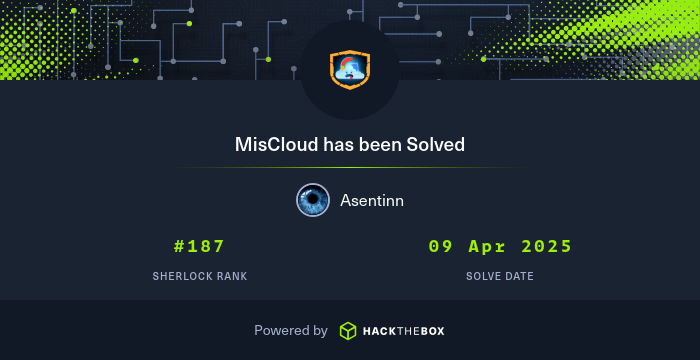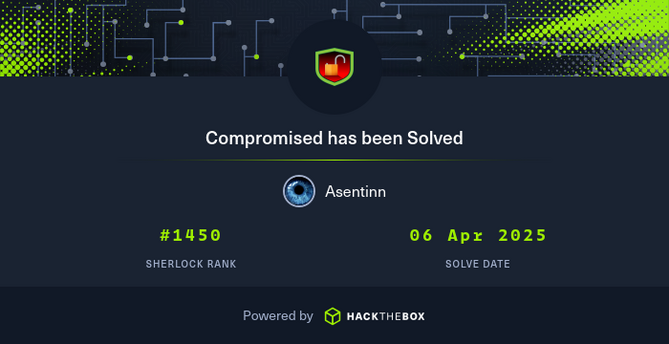Whoa, FortiSwitch alert!  We all know unpatched switches are basically a welcome mat for attackers, right? It sounds familiar: small device, potentially *huge* headache.
We all know unpatched switches are basically a welcome mat for attackers, right? It sounds familiar: small device, potentially *huge* headache. 
Heads up on **CVE-2024-48887**. This one's nasty: it could let someone change the admin password *without even logging in*. Yeah, you read that right. With a **CVSS score of 9.3**, that's seriously critical!
**Bottom line: You need to update ASAP.** Get your switches to version **6.4.15, 7.0.11, 7.2.9, 7.4.5, or 7.6.1** like, yesterday! 
Trust me, as a pentester, I see this scenario play out way too often. It's usually the seemingly "small stuff" that ends up causing massive breaches across entire networks. Don't let that be you. 
Beyond patching, **lock down that HTTP/HTTPS management access!** Seriously limit *who* and *what* can even reach the switch's interface. Do it **NOW!**
Even if there isn't a widely available exploit *yet*, don't gamble and wait for one to appear. Procrastination is not your friend here. 
So, real talk: How often are you *actually* getting around to patching your network devices? Drop a comment below! 
Think Like a Black Hat, Act Like a White Hat!
Let's Face-It ! ->To outsmart cybercriminals, you must think like one—but use your skills for defense, not destruction. Learn the mindset of hackers and the strategies ethical hackers use to strengthen cybersecurity.
Read more: https://wardenshield.com/think-like-a-black-hat-and-act-like-a-white-hat






